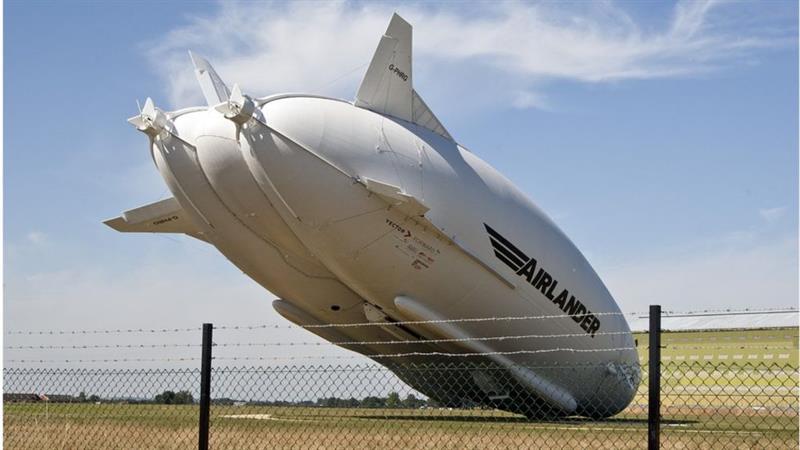Hybrid Air Vehicles (HAV), the company that owns the Airlander, said in a statement that the airship was not flying at the time of the incident. “Our initial assessment is that the aircraft broke free from its mooring mast for reasons that will be investigated. The aircraft is now deflated and secure on the edge of the airfield.The fuel and helium inside the Airlander have been made safe.” it said.
“We are testing a brand new type of aircraft and incidents of this nature can occur during this phase of development. We will assess the cause of the incident and the extent of repairs needed to the aircraft in the next few weeks.”
The Air Accidents Investigation Branch is looking into the incident which occurred just one day after a successful test flight. The aerospace regulator, European Aviation Safety Agency, had also given HAV the green light to begin phase two of flight tests which will see the craft fly at up to 7000 feet, at up to 50 knots and up to 75 nautical miles from its base at Cardington. The agreement also allows it to take part in display and demonstration activity.
In August 2016, the aircraft crash landed after its mooring line became entangled on power cables.

The company hopes that Airlander will become a luxury commercial liner for 60 passengers, or a delivery vehicle that can carry 10 tonnes of cargo, from 2019.











